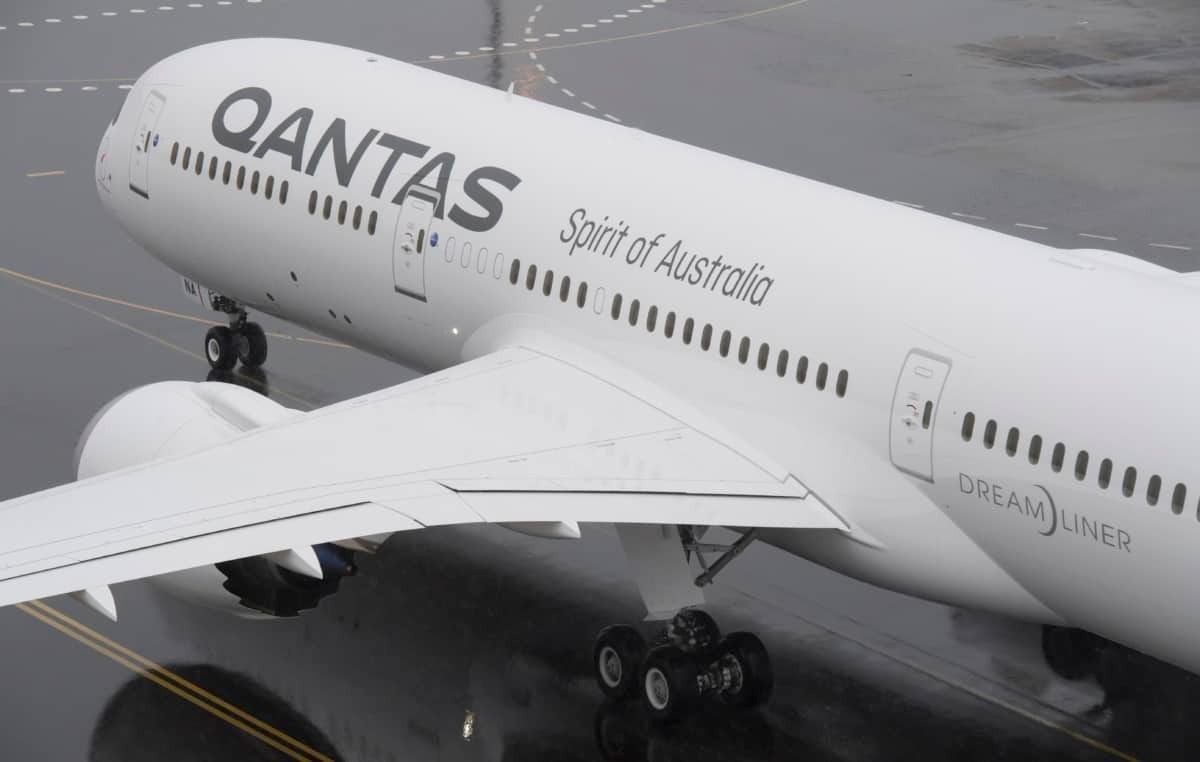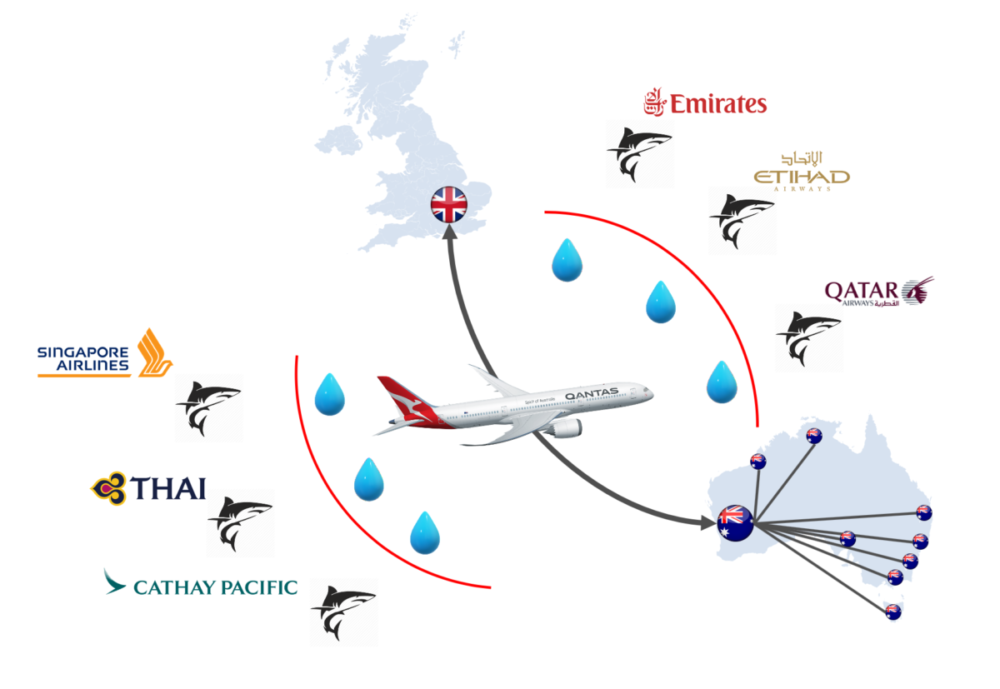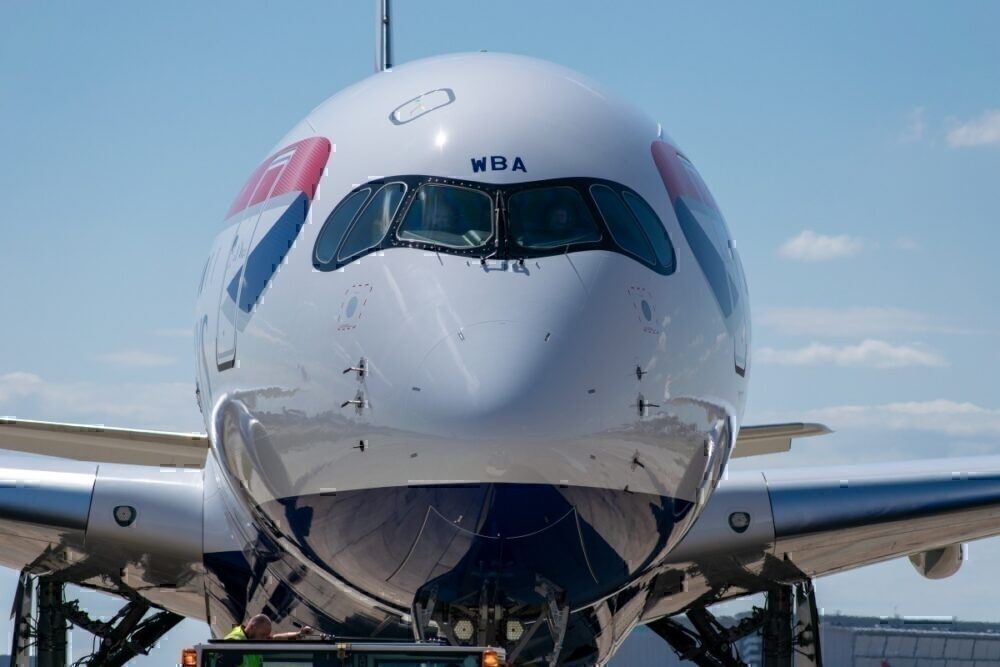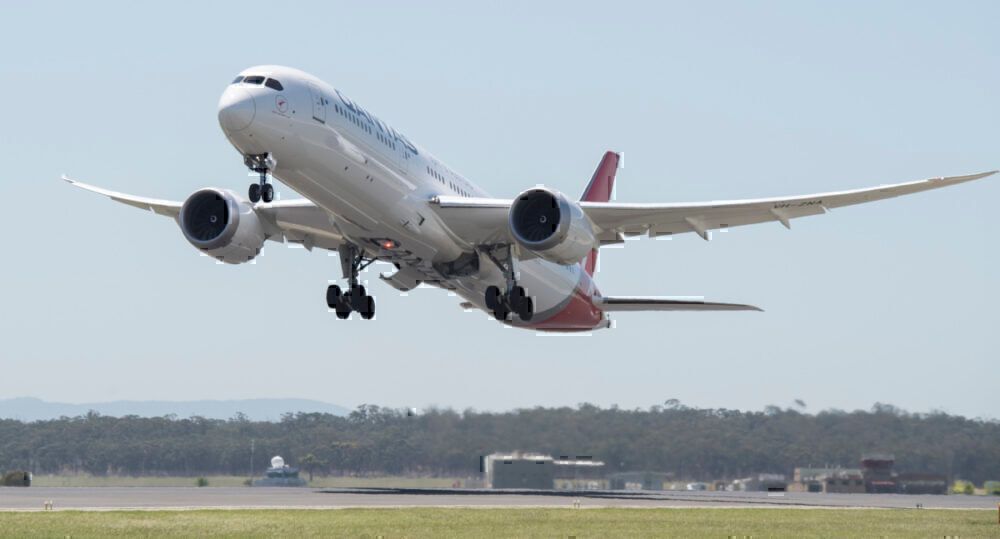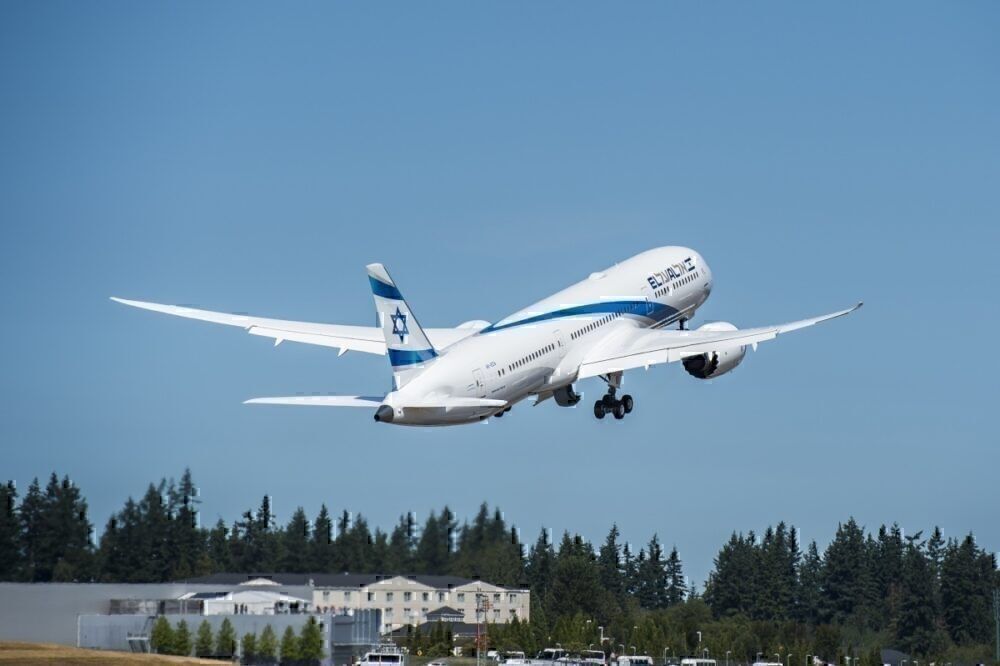The rise of ultra-long-haul flying has been somewhat inhibited by the coronavirus pandemic. However, in a post-COVID world, could we see a return? In fact, could the concerns and challenges raised by the virus outbreak actually serve to stimulate this niche market?
Ultra-long-haul flights could rise after COVID
With the rise of highly efficient, twin engine long-haul aircraft, the industry was building toward a foundation that fostered an increase of ultra-long-haul operations. At least it was, until COVID-19 emerged. While the setbacks caused by the global pandemic could be viewed as putting the brakes on the development of such services, industry analysis suggests the crisis could actually be a catalyst for more to be launched.
A report jointly produced by Linus Benjamin Bauer (Bonn, Germany) of Bauer Aviation Advisory and Daniel Bloch (Perth, Australia) of Bloch Aviation Advisory explored the benefits of ultra-long-haul (ULH) in the post-COVID market. In particular, the report looked at how it could be an essential service for both airlines and passengers in the future.
The benefits of ultra-long-haul
Bloch and Bauer home in on some key features of the ultra-long-haul market, and how this could position these services to be vital during the COVID recovery phase.
For airlines, operating ULH on a point-to-point basis comes with some key advantages. For a start, they can choose to operate routes with little or no competition, allowing them to charge a fair price for the flight, rather than competing themselves to death with other providers.
Point-to-point also allows a much deeper level of flexibility, letting airlines align supply based on the demand that exists at that time. It would also allow carriers to adapt operations to avoid regional re-emergence of COVID-19 in certain parts of the world.
Most importantly, ULH is a less complex operation to conduct in comparison to the hub and spoke model. This is largely thanks to the removal of the risk of delay during the connection, as well as the elimination of an additional takeoff and landing.
Crucially for passengers, ULH flights are also likely to be a far more attractive prospect than hub and spoke, as they eliminate the need to transit through a potentially busy and densely populated hub airport. With passengers more aware than ever of the health and safety of their trip, they would likely be willing to pay a premium to fly direct rather than having to deal with a stop.
What does this mean for ultra-long-haul development?
Bloch and Bauer believe that the unique characteristics of ultra-long-haul flights could create additional demand for direct services, particularly between Australia and Europe.
The lack of competition during this coronavirus period gives airlines like Qantas, of who will be one of the first carriers to return to this market, almost free rein to generate additional ULH demand. Crucially, this can be achieved without the downward price pressure that usually comes from other carriers; airlines which could be argued to have previously oversupplied the market.
The report also suggests ULH links between Perth and other locations in Europe besides London. Could we see a Perth to Paris direct, or perhaps a Perth to Frankfurt? In addition to this, an increase in ULH services out of Perth could pave the way for additional ULH demand between Sydney and Europe, lending itself well to Qantas' planned Project Sunrise mission.
Although the project is on hold at the moment, with no guarantee it will go ahead at all, Qantas would do well to decide favorably on this development.
Bloch and Bauer state that, thanks to its investment in its onboard hard and soft product, as well as airport facilities, Qantas is well placed to attract premium fliers. Importantly, these customer segments can be considered those typically most willing to pay a higher fare, on the premise that they receive value for money.
This has already been reflected in the high load factors on the existing Qantas ULH route, along with its record customer satisfaction reviews.
Of course, Qantas is not the only airline that could benefit from new ULH services. With passengers keen to avoid busy connection airports, capable next-generation aircraft available, and the need for airlines to create new opportunities in both existing and untapped markets, we could see many more ULH point-to-point routes being launched in the post-COVID environment.

